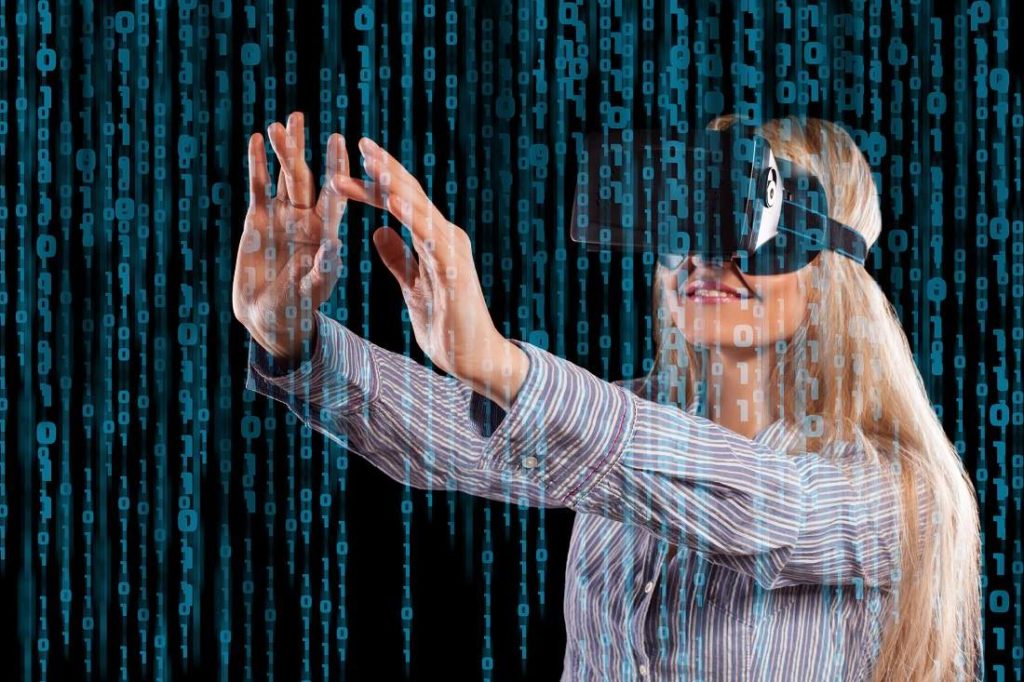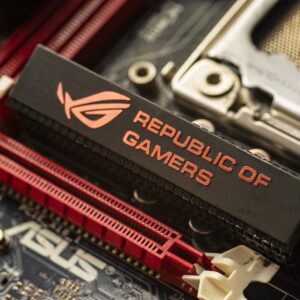While not an entirely new concept, the metaverse has been enjoying its day in the sun as of late. With Facebook changing their parent organization name to Meta and more companies talking about bringing their goods and services into the metaverse space, people may be scratching their heads and wondering “Exactly what is the metaverse?”
The term “metaverse” encompasses a variety of technologies that make up a network of virtual worlds. These worlds are constructed for social connection and a place for avatars to live out an existence apart from the “real world.”
What the Metaverse Is
The metaverse definition is broad because the concept is broad. When speaking of the metaverse, innovators typically refer to how people interact with technology, not necessarily an actual place or space. Within the metaverse, one develops an avatar, which represents you in the virtual world. With this avatar, one may socialize, purchase and sell goods (even houses!), and have experiences such as going to concerts in a different country or visiting museums.
One may ask themselves the difference between the metaverse and the virtual world many are already accustomed to. The difference lies in the persistent existence of the metaverse. The metaverse continues to exist even when you, as your avatar, are not participating in it. Metaversal universes already exist in games like Fortnite and the World of Warcraft. Although the metaverse is not a new concept, how innovative companies and thinkers are seeking to utilize the metaverse in the near future is novel. The rise of digital assets has brought new uses for the metaverse to the forefront and rapidly expanding technological advances break boundaries and expand possibilities.
Going Beyond Video Games
Given where the metaverse has already dared to tread, people may be ready to dismiss it as simple fun and games. That is, however, selling the metaverse short. The infrastructure of what will become the metaverse is already being built, including facets like games. But games like Fortnite do not make up the whole of the metaverse, just a part.
Soon, disruptors working to improve and expand the metaverse space hope to see people living entire lives within the metaverse. Utilizing artificial intelligence (AI) and virtual reality (VR), people will be able to see, touch, feel, and hear experiences similar to real life. Advancements are being made day by day to improve AI and VR technology, making innovators hopeful they will be able to stretch the proverbial legs of the metaverse and explore what it can accomplish.

What the Metaverse is Not
Most people are familiar with Oculus, the VR headset system that allows people to completely immerse themselves in a virtual reality experience of their choice. The device has gone through
several iterations to improve stability and rid the device of its propensity for motion sickness in users. The attention to improving VR shows the slight cracks in the foundational plan for the metaverse laid out by hopeful developers.
While the ideas for the metaverse are interesting and only seem limited by the imaginations of those on the ground floor of the development, the metaverse is not a one-and-done concept. As mentioned, there are so many facets to the metaverse that it will likely always be in a state of flux and evolution. As technologies advance and improve, so goes the metaverse.
The metaverse includes technologies such as NFTs, cryptocurrency, and the blockchain, concepts that the average person is likely still trying to get their head around. In this way, the metaverse is not an easily grasped concept that will simply be absorbed into the everyday lexicon. It will take education and consistency to make the metaverse a standard of everyday life, as the internet has become.
At the end of the 1990s and into the early 2000s, the internet began to show its cards in terms of how it would change the way we did everything. Come the mid-2000s, a glimmer of how social media would revolutionize the world could be seen. The metaverse could be in that glimmer stage right now, with anticipation high of what it could mean for the future of social interaction.
Founder of a double jump. Tokyo, Inc., bringing over two decades of technical experience as an engineer. He worked as a developer at Nomura Research Institute building systems for the financial sector and helped develop the gaming platform at Mobcast, Inc. He is supported by an international team with expertise in marketing, gaming, finance, blockchain technologies, and cryptocurrency




